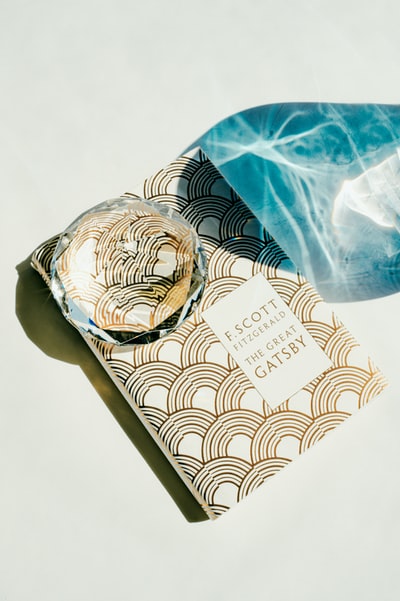Remember it!

Romanticism– In opposition to the age of reason the Romantics were interested in emotion, experience, the unknown, subjectivity and beauty.
Sublime– Edmund Burke described it as ‘productive of the strongest emotion that the mind is capable of feeling’. Often a feeling of terror or awe and usually associated with natural scenery like mountains, the sea, etc.
Subjectivity– Not one fixed perspective but many, or no fixed identity but many. Led to ideas of the doppelganger and explorations of madness as well as attempts to portray multiple perspectives through narration.
Passion– Extremes of emotion linked to the sublime but also to passionate love and anger.
Sexuality– Usually linked to females and a sign of immorality or corruption or even madness. Virginity is prized by heroines and of sought out by villains.
Religion– the sublime was often linked to religious experience and a strong feeling of awe and terror is linked to idea of God through the Christian idea of being ‘god fearing’. Christian imagery and values such as good and evil, virginity, light and dark, the supernatural etc. are all included in the gothic genre.
Mystery– The inexplicable, supernatural and strange were all necessary for the tension and fear the authors were trying to create. All go against reason and science and therefore are exciting but also terrifying for the reader.
Death- Macabre images and characters are seen throughout the gothic genre. Damnation, the mystery of life after death, bringing people back from the dead and the disgusting nature of a dead body all create fear and intrigue for audience then and now.
——————————————————
Test It!
- Compare the role of women in Macbeth and Dracula in relation to elements of the gothic.
- ‘The link between the Sublime and terror is most clearly seen in the imaginative exaggeration of the gothic novel’ (Routledge History of Literature in English, Second Edition). Find an example from one of your chosen texts of ‘imaginative exaggeration’ in the gothic genre, how clearly can you see the link between the Sublime and terror?
- How do any of you chosen novels challenge reason and order?
- How have elements of the gothic been adapted by modern writers, filmmakers or artists?
- What techniques are used to build fear in the reader in any of your chosen texts?